25 Mar How to keep a remote workforce connected to your business
In today’s workforce, change is not optional. A business’s ability and speed to which they adapt and respond to change will give them the competitive advantage to thrive in today’s world.
As you would expect, technology plays a significant role in creating both efficiencies and enhanced output, in order for your people to deliver. With the introduction of different technology so to is the introduction of a different way of operating.
The server, our big black box with all our precious files contained within it, is no longer a necessity to operate our businesses with advent of file storage & sharing solutions such as Google Suite & Dropbox.We can now access our files wherever we are connected to an internet signaland with this evolution comes freedom, flexibility and mobility.
But this flexibility has brought with-it its own challenges. When we don’t need to physically come into the office “to work” organisations need to adapt the way that they connect with the people who work remotely.
How do we set clear expectations and ensure there is appropriate direction on the outcomes that need to be delivered?
How do we continue to effectively collaborate together, both on ideas and project output?
How do we keep connected to each other, and importantly, the individuals to the organisation and culture?
With a plethora of platforms available it can sometimes be overwhelming as to what will work for you. We’ve some of our favourite platforms to help get you technology enabled.
CHAT
Many organisations have introduced professional chat platforms such as Slack, Yammer & FB Messenger to keep their team connected. These platforms enable teams to communicate instantly with one another in dedicated channels allocated to both internal & external topics, share files and work to support the elimination of an overflowing inbox of “reply all” emails. With visibility of those subjects that are of importance to you, you can choose to dig deep into the conversation or a cursory overview.
Beyond this, chat and communication platforms play a significant role in aiding the connectedness of your team, regardless of where they are working. Allow and encourage different channels where your team can socialise and have some fun.
These platforms have even extended to include clients on dedicated channels to keep them in the loop.
INFORMATION
Information sharing platforms also work to project the desired message of the organization. Sharepoint, Confluence and other custom built intranet sets, outline the policies, procedures, templates and other “business standards” employees require to do the job, consistently. Providing employees with a single source of truth, these reference sites provide clarity around the desired workflows, unique processes and dedicated resources to ensure corporate consistency. Home pages also enable the sharing of “news”, company announcements, and important updates.
MEETINGS
Online platforms such as Zoom, Skype and GoTo Meeting have revolutionized our access to people across the globe, and made video conferencing affordable to everyone. Gone are the days of installing video conferencing facilities in the “key rooms” of the office, today anyone with a laptop has the ability to conduct a video call, for FREE. The ability to jump on a video call as quickly as you can make a phone call enables visual contact to occur and to share and discuss documents live. This ability to communicate as we would in the same room, is only further widening our employee catchment zone and making the world a far smaller place.
PROJECT MANAGEMENT
Clarity and accountability is key to ensure project management flows as smoothly as possible. Miscommunication (or lack of communication) and inefficiencies in achieving deliverables not only impacts productivity and your ability to achieve objectives, it also creates a negative employee experience.
Implementing an online project management system, such as Asana or Trello, will allow you to set up the basics of project management, including setting up tasks, responsibilities and key milestones so you and your team are on the same page.
The key here, is not to use this as a micromanagement or policing tool – be clear in your communication that the purpose of these platforms is to provide direction, have everyone on the same page and a way to discuss any obstacles or celebrate wins as you progress through your projects.


